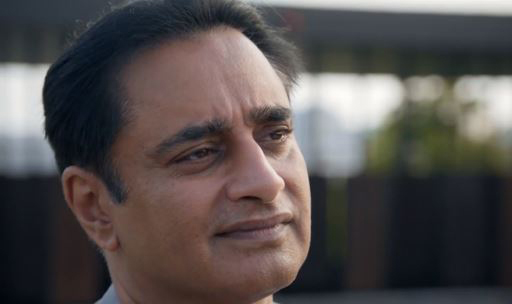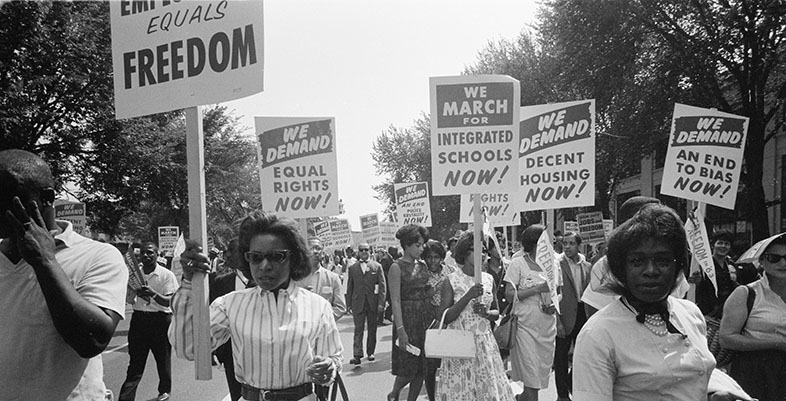3 Sit-ins
From 1960 onwards, the civil rights movement gained serious momentum, attracting nationwide attention. Young activists, and especially students, were instrumental in these developments. In 1960 groups of college students began to organise ‘sit-ins’ at lunch counters which refused to serve Black customers. The most high-profile of these occurred in Greensboro, North Carolina. Four Black students asked to be served at a segregated lunch counter at the Woolworth’s department store. When they were asked to leave, they refused to move and stayed there until the end of the day. They returned the next day, bringing more protestors with them. 400 students had joined them by the end of the week (Lepore, 2018, p. 596).

The sit-ins soon spread to other states across the South, with an estimated 50,000 students participating (Lepore, 2018, p. 596). The protests were informed by the philosophy of non-violent direct action: the students were often attacked by White people and were victimised and arrested by police, but they refused to retaliate. Images of these injustices were broadcast across the nation and abroad, attracting sympathy for the students and the wider civil rights cause.
Activity 2
In this short clip from the BBC documentary Icons, Bryan Stevenson, a lawyer and social justice activist, explains why Martin Luther King and other civil rights leaders espoused a philosophy of non-violence. While you’re watching the clip, consider the following questions:

Transcript: Video 2: Icons
- Why did King and other civil rights activists avoid violent protest?
- Which activist from outside the United States was an influence on King and why?
Discussion
- Stevenson suggests that civil rights leaders like King were committed to non-violence for moral reasons. The civil rights leaders had argued that justice would prevail and did not want to concede moral superiority by resorting to violence themselves. In order to prove that violence was wrong, King was determined not to fight violence with more violence.
- Stevenson suggests that King was inspired by the teachings of Mahatma Gandhi, who had also preached non-violence. He suggests that Gandhi’s philosophies gave King hope that justice would eventually prevail.
Following the sit-ins, some civil rights leaders began to recognise the potential value of the students to the movement. Particularly influential here was the SCLC’s acting director, Ella Baker, who had played a major role in civil rights campaigning since joining the NAACP in 1941. Rather than placing her faith solely in charismatic leaders like King, Baker was a firm believer in grass-roots activism, helping the students to form their own organisation – the Student Nonviolent Coordinating Committee (SNCC). Over the subsequent years the SNCC rose to become one of the most significant organisations in the civil rights movement.
